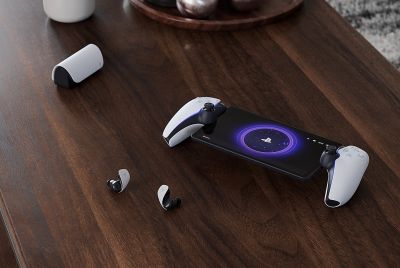Mini Camera Films Live 3D Images from Inside Human Blood Vessels and Heart
Engineers at the Georgia Institute of Technology have created a tiny catheter-based device that can provide real-time 3D images from within the heart, blood vessels and coronary arteries, which could help doctors prevent life-threatening heart conditions.
The device is a silicon chip measuring 1.4 millimetres that can process signals from the 56 ultrasound transmit elements and 48 receiving transducer elements so that doctors can see within the heart and detect potential blocked arteries.
The research article, entitled "Single-chip CMUT-on-CMOS front-end system for real-time volumetric IVUS and ICE imaging", appears in the IEEE Transactions on Ultrasonics, Ferroelectrics and Frequency Control journal.
"If you're a doctor, you want to see what is going on inside the arteries and inside the heart, but most of the devices being used for this today provide only cross-sectional images," said F. Levent Degertekin, a professor in the George W. Woodruff School of Mechanical Engineering, who headed the research team.
"If you have an artery that is totally blocked, for example, you need a system that tells you what's in front of you. You need to see the front, back and sidewalls altogether. That kind of information is basically not available at this time."
The chip contains only 13 cables and operates at 20 miliwatts, with power-saving circuitry that shuts down sensors when they are not needed.
Their current prototype is able to provide doctors with images at the rate of 60 frames per second, and the next step will be to conduct animal trials to demonstrate the device's potential applications, before licensing the technology to an established medical diagnostic firm which can conduct clinical trials and obtain approval from the FDA.
"Our device will allow doctors to see the whole volume that is in front of them within a blood vessel," said Degertekin.
"This will give cardiologists the equivalent of a flashlight so they can see blockages ahead of them in occluded arteries. It has the potential for reducing the amount of surgery that must be done to clear these vessels."
© Copyright IBTimes 2025. All rights reserved.






















